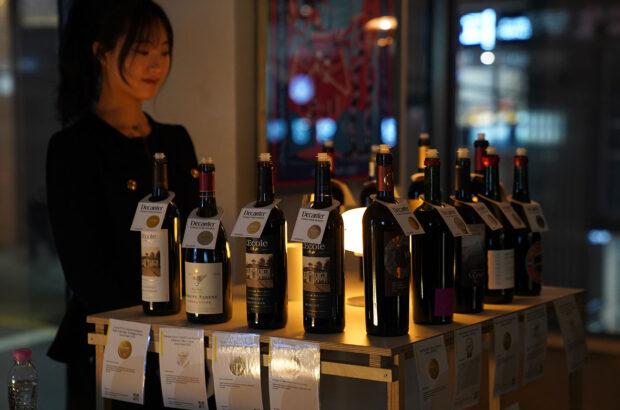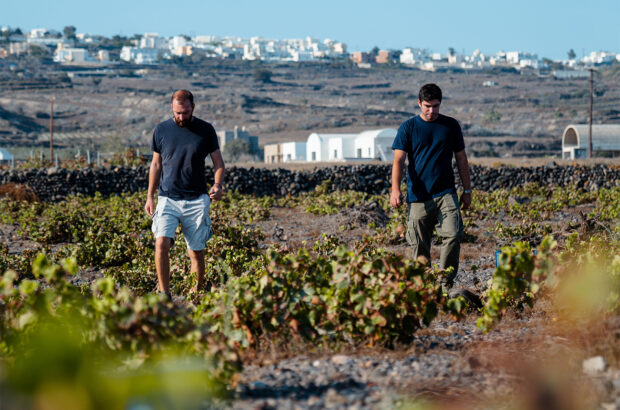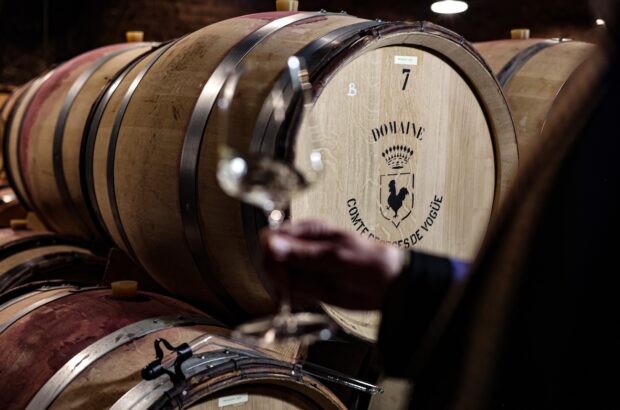On 4 June, the Xunta de Galicia approved DO Ribeiro’s request to add the traditional grape varieties Merenzao, Espadeiro, Branco Lexítimo, and Albilla do Avia to its list of principal grapes and effectively phase out so-called ‘foreign’ grapes Palomino, Garnacha Tintorera (Alicante Bouschet) and Tempranillo over the coming years.
Quality vs quantity
Palomino and Garnacha Tintorera were introduced to Ribeiro after the phylloxera epidemic at the turn of the 20th century, and quickly became popular for their high yields – important for growers whose incomes were dependent on the quantity of grapes produced. But quantity didn’t translate to quality, and many winemakers returned to traditional grapes such as Treixadura, Lado, Caíño, and Sousón at the end of the 20th century, motivated by a renewed interest in wines with character and sense of place.
Despite that shift, Palomino, Garnacha Tintorera, and fellow ‘foreigner’ Tempranillo were still authorised in Ribeiro. Now, these three varieties will be gradually replaced as the focus moves entirely to traditional grapes. ‘The changes represent a serious commitment to quality and a unanimous commitment by all parties to winemaking based on native, preferred grapes,’ said Luis Vázquez, managing secretary of DO Ribeiro.
Although the occasional replacement of vines in pre-existing vineyards will still be permitted, the vetoed varieties may no longer be used to establish new vineyard sites. ‘Since legally you can’t just remove a planted variety from the bylaws, what was decided was to allow the current plantations and encourage growers to re-graft their secondary varieties with principal varieties in order to convert the entire area to top-quality grapes,’ said Vázquez.
Tradition as guideline
In keeping with the focus on tradition, Ribeiro will add the red varieties Merenzao (Trousseau) and Espadeiro (Camaraou Noir) as well as whites Branco Lexítimo and Albilla do Avia to its list of principal grapes. According to the official resolution published by the Galician Ministry of Rural Affairs, the inclusion of these varieties ‘brings greater diversity to Ribeiro wines, which can improve their market reach and also help preserve the genetic heritage represented by these minority varieties’.
While Merenzao, Espadeiro, and Branco Lexítimo are all found elsewhere in Galicia, the Estación de Viticultura e Enoloxía de Galicia (EVEGA) maintains that Albilla do Avia – not to be confused with the various grape varieties known as Albillo – is unique to Ribeiro.

Winemaker Manuel Formigo
Winemaker Manuel Formigo said he has ‘95%’ of the Albilla vines in DO Ribeiro. Formigo’s father owned a nursery and came across Albilla in the 1970s, when elderly growers brought him vines from the upper part of the Avia Valley. Since 2016, Formigo has made around 1,500 bottles a year of varietal Albilla. ‘It’s very explosive on the palate, with floral and citrus notes,’ said Formigo, who compares Albilla to Chenin Blanc.
Formigo recognises Albilla’s limited reach, but hopes its new status will encourage growers to experiment. ‘People have started to graft Albilla and you’re beginning to see it,’ he said. ‘I don’t think it will be the next Albariño, but if people start to understand what Albilla can do, I think it has potential.’
Perhaps the same will happen with the other varieties now given leading status in DO Ribeiro’s legal framework.







